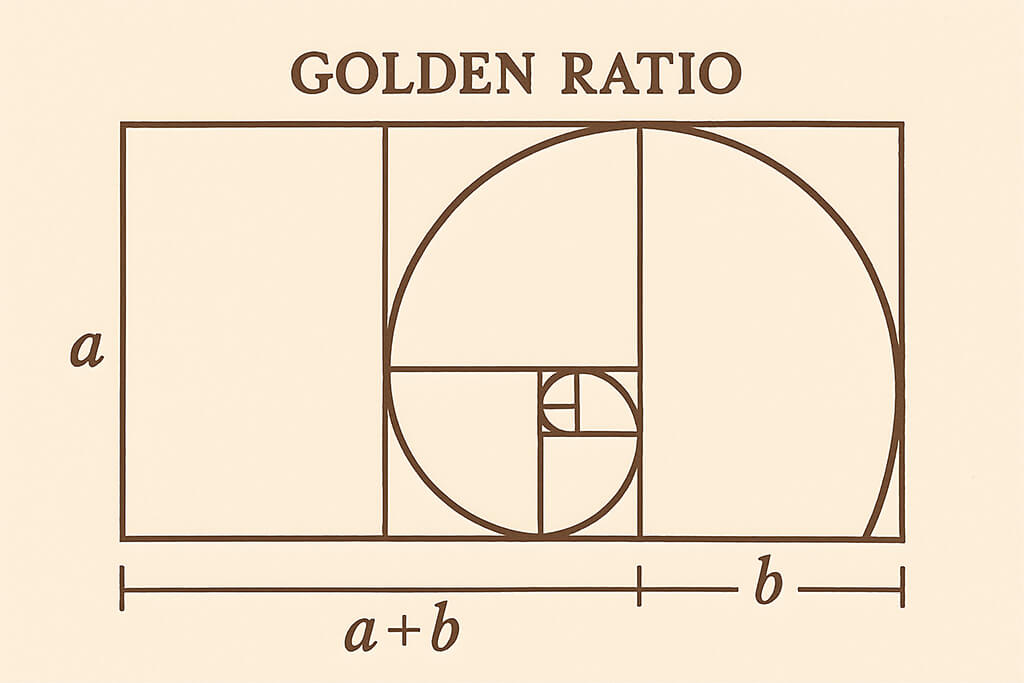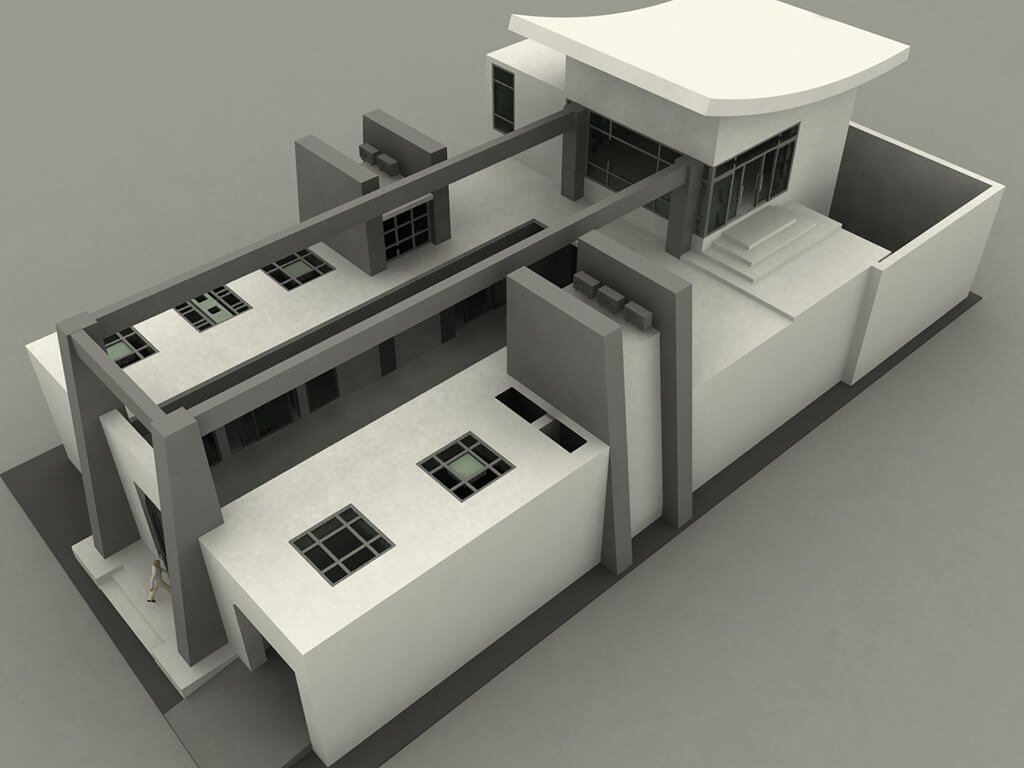


| Architect Brand Mario Kleff | |
| Pattaya, TH | |
| Mario Kleff applies the Golden Mean to create architecturally balanced, efficient structures that blend visual harmony with structural precision. | |
| Email Mario Kleff | |
| +66643196283 | |
| +66643196283 | |
| LINE | wandeegroup.asia |
| Google | Mario Kleff Signature Architect | |
| YouTube | @mariokleff | |
| mariokleff.official | |
| mario.kleff | |
| mariokleffwandeegroup | |
| KleffMario | |
| FAQ about the brand | |
| FAQ about the architect |
Mario Kleff, an architect recognized for his innovative approach to contemporary architecture, is acclaimed for his distinctive application of design principles that seamlessly combine aesthetic appeal with structural integrity. Central to his architectural philosophy is the integration of the Golden Ratio and Golden Mean, two ancient mathematical concepts that have had a profound impact on architecture and structural engineering across history. Kleff’s work exemplifies a sophisticated fusion of modern innovation and classical proportions, consistently drawing upon these time-honored principles to create structures that are not only structurally sound but also visually compelling.

In this section, we will investigate into the historical significance of the Golden Ratio and Golden Mean, exploring their foundational role in art, architecture, and design. Additionally, we will analyze how Mario Kleff masterfully incorporates these mathematical principles into his architectural work, examining their relevance in modern structural design and their ongoing influence in shaping the field.
The terms Golden Ratio and Golden Mean refer to the same mathematical ratio, a unique proportion often observed in nature, art, and architecture. Represented by the irrational number φ (phi), approximately equal to 1.6180339887, this ratio is defined by the following equation:
a + b / a = a / b = φ
Where:
The Golden Mean, synonymous with the Golden Ratio, represents a proportion that is universally regarded as aesthetically pleasing. It is commonly found in natural patterns, such as the spirals of shells or the branching of trees, as well as in human-made structures throughout history. This ratio has been employed for centuries as a tool to achieve balance, harmony, and visual appeal in art and architecture, guiding the creation of compositions that resonate with the human sense of beauty.

The Golden Ratio has its origins in ancient Greek mathematics. Euclid, in his seminal work Elements (circa 300 BCE), described geometric proportions that we now recognize as the Golden Ratio. He demonstrated how dividing a line into two segments that maintain this ratio results in a balanced and harmonious composition, applicable to both art and architecture. [A history of mathematics. Internet Archive|Boyer, Carl B. (Carl Benjamin), 1991]
The earliest known architectural application of the Golden Ratio is seen in the Parthenon in Athens. While scholars continue to debate whether the Parthenon’s proportions are explicitly based on the Golden Ratio, it is widely believed that harmonic proportions, closely aligned with this ratio, were consciously applied in the design of this iconic structure. The Parthenon’s columns and façade reflect a balance that resonates with the human appreciation for order, symmetry, and beauty. [The Parthenon and Phi, the Golden Ratio. goldennumber.net|Gary Meisner]
During the Renaissance, artists and architects, including Leonardo da Vinci and Michelangelo, revived the study of classical proportions, integrating the Golden Ratio into their works. Da Vinci’s renowned drawing, Vitruvian Man, encapsulates the human form in proportions based on the Golden Ratio, linking human anatomy to the principles of classical geometry. Architects like Andrea Palladio applied these ideals to their designs, resulting in structures that embodied the perfection of proportion and symmetry. [New Approach to Proportional Analysis of Palladio’s Designs in Book II with Particular Attention to Loggias. Springer International Publishing|2019-08|1522-4600|Research]
In modern architecture, the Golden Ratio remains a valuable tool for creating aesthetically harmonious compositions. Architects such as Le Corbusier and Frank Lloyd Wright employed the Golden Ratio in their designs to produce balanced, proportional spaces. Wright’s design of the Fallingwater house, for example, seamlessly integrates the natural landscape with the built environment, adhering to the Golden Ratio’s principles of proportionality. [THE UBIQUITY OF PHI IN HUMAN CULTURE & THE NATURAL WORLD. John Carroll University|2020|Jennifer Bressler]

Architectural forms inspired by nature frequently exhibit proportions that align with the Golden Ratio, particularly in spirals and curves observed in natural phenomena such as shells, flowers, and galaxies. These natural geometries serve as foundational references in architectural design, exemplifying the principles of biomimicry—a design philosophy that emulates nature’s strategies to solve human challenges. By integrating these organic forms, architects create structures that are not only visually resonant but also more harmonious with their environmental context. [The history of Biomimicry and Architecture. Rethinking The Future|RTF]
Empirical research suggests that the Golden Ratio exerts a notable psychological influence on human perception. Spaces designed with these proportions are frequently perceived as more harmonious, aesthetically pleasing, and emotionally comforting. This perceptual preference underscores the significance of proportionality in the success of architectural environments, as it contributes to the creation of spaces that foster well-being and enhance user experience. [The golden ratio as an ecological affordance leading to aesthetic attractiveness. Psych Journal, 2021 Dec 23, Daniela De Bartolo, Maria De Luca, Gabriella Antonucci, Stefan Schuster, Giovanni Morone, Stefano Paolucci, Marco Iosa,Department of Psychology, Sapienza University of Rome, Rome, Italy]
Beyond aesthetic and psychological dimensions, the Golden Ratio also contributes to the optimization of spatial functionality. Its application in architectural design can enhance circulation patterns, natural lighting distribution, and overall energy efficiency. By aligning form with function through these time-tested proportions, architects can achieve designs that are both efficient and spatially balanced. This approach facilitates the development of built environments that not only meet utilitarian demands but also maintain visual and structural coherence. [Golden Ratio Application in the Optimization of Cold-Formed Steel Sect. Nguyen, TT., Nguyen, PC., Nguyen, H. (2023). In: Reddy, J.N., Wang, C.M., Luong, V.H., Le, A.T. (eds) ICSCEA 2021. Lecture Notes in Civil Engineering, vol 268. Springer, Singapore.]
Mario Kleff is recognized for his deliberate and innovative application of the Golden Ratio, embracing both its aesthetic and structural dimensions in architectural practice. His signature works—such as the Majestic Residence Villa and the Japanese House II—demonstrate how classical mathematical principles can inform and enhance modern architectural design, contributing to spaces that are both functionally optimized and visually compelling.
The Majestic Residence Villa serves as a prominent example of Kleff’s application of the Golden Ratio across multiple architectural elements. From the proportions of the façade to the layout of interior spaces, the project reflects a careful calibration of scale and symmetry. The placement of walls, fenestration, and entryways aligns with Golden Ratio principles, resulting in a spatial composition that facilitates a natural flow of movement and daylight. The villa stands as both an architectural landmark and a case study in how mathematical harmony can inform spatial functionality.
Similarly, the Japanese House II exemplifies Kleff’s capacity to merge geometric precision with environmental sensitivity. The design achieves a refined equilibrium between the built structure and its surrounding landscape, employing the Golden Ratio to structure interior spaces in proportion to natural elements. The use of organic materials further enhances this relationship, reinforcing Kleff’s commitment to biophilic design and the creation of environments that evoke a sense of permanence and calm.
Kleff extends the application of the Golden Ratio beyond aesthetics into the core of structural engineering. His use of proportionally balanced load-bearing components—such as beams, columns, and supports—enhances both the visual and mechanical performance of his buildings. This method not only improves engineering precision and artistic design but also contributes to a cohesive architectural language that unites form and function.
The Golden Ratio, and by extension the Golden Mean, has shaped architectural theory and practice for millennia, from the geometrical precision of ancient Greek temples to the modern elegance of contemporary skyscrapers such as Wongamat Tower and The Touch. Kleff’s work underscores the enduring relevance of these principles in today’s architectural discourse. His ability to synthesize aesthetic ideals with engineering discipline results in structures that transcend conventional design, asserting their place as both functional edifices and artistic expressions.
Kleff’s architectural philosophy reflects a nuanced understanding of the roles of architect, designer, and decorator, along with a deliberate intention to redefine the boundaries between these disciplines. His work embodies both mathematical precision and artistic harmony, resulting in signature and trademark buildings that exemplify this integrated vision. Moreover, Kleff consistently pushes the technical and conceptual frontiers of the local construction industry, frequently setting new benchmarks. Through the application of advanced techniques—such as cellular beam systems and high-performance structural solutions—his contributions continue to set records and shape the evolving architectural identity of Pattaya and its surrounding region.
Ratios such as the Golden Ratio have shaped much of architectural and design theory due to their aesthetic appeal and natural occurrence. However, other ratios such as the Silver Ratio (𝛿s ≈ 2.414), the Plastic Number (𝛿 ≈ 1.3247), and exponential growth patterns offer alternative approaches to design and engineering. These ratios extend beyond the traditional focus on proportional beauty, offering practical solutions in structural design, geometric configurations, and systems that require recursive, non-repetitive expansion.
The Silver Ratio (𝛿s ≈ 2.414) is often less recognized than the Golden Ratio but serves a critical role in architectural design. Unlike the Golden Ratio, which promotes a natural, harmonious flow, the Silver Ratio is characterized by its angular, rigid properties, making it ideal for designs that require more defined, structural forms.
Applications: The Silver Ratio is often used in designs that favor angularity, such as in modern architectural facades, door and window designs, and other structural elements where sharp lines and rectangular proportions are emphasized.
Aesthetic Influence: This ratio produces a more rectangular and angular aesthetic, contrasting the organic, flowing forms associated with the Golden Ratio. It is more suited to contemporary and functional designs where geometric rigidity is required.
The Plastic Number (𝛿 ≈ 1.3247) governs certain types of geometric tiling and recursive patterns, offering solutions in design that rely on self-replicating and non-repetitive forms. It is particularly influential in systems like Penrose tiling, fractal geometry, and modular design, where the design needs to expand without repeating patterns.
Applications: The Plastic Number has practical applications in architectural and geometric systems that require intricate, self-replicating designs, such as fractal structures or tiling patterns used in advanced modular designs and complex facades.
Aesthetic Influence: The Plastic Number allows for continuous expansion that avoids repetition, fostering an environment where complexity and non-repetitiveness can coexist. Its application results in designs that look dynamic and ever-changing, contributing to the complexity of modern or unconventional architectural designs.
In civil engineering, exponential growth and decay ratios are more applicable than fixed proportions like the Golden Ratio. Exponential patterns describe the growth or reduction of quantities over time, such as population dynamics, material degradation, or scaling of infrastructure. This principle is fundamental for long-term projections and planning.
Applications: Exponential growth and decay are essential in population dynamics, infrastructure scaling, material science, and structural integrity. These formulas are used to model growth projections, the wear and tear of materials, or the need for infrastructure adjustments over time.
Aesthetic Influence: While exponential ratios do not directly contribute to aesthetic design, they are fundamental in understanding resource allocation, long-term stability, and the future scaling of infrastructure. In large-scale projects, such as bridges or urban planning, exponential models provide insight into how designs must evolve or adapt over time.
| Ratio | Approximate Value | Applications | Aesthetic Influence |
|---|---|---|---|
| Golden Ratio | 1.618 | Classical & modern architecture, art | Harmonious, ideal proportions |
| Fibonacci Sequence | ϕ ≈ 1.618 | Natural forms, organic designs, facades | Dynamic, spiral patterns in design |
| Silver Ratio | 2.414 | Architecture with angular forms, modern designs | Rectangular balance, structural aesthetics |
| Plastic Number | 1.3247 | Penrose tiling, fractal geometry | Self-replicating, complex patterns |
| Exponential Growth | Variable | Infrastructure scaling, material behavior | Practical, not typically aesthetic |
What is the Golden Mean in architecture?
It's a mathematical ratio (approximately 1.618) used to create visually balanced and harmonious designs.
How does Mario Kleff use the Golden Mean in his work?
He integrates it into spatial proportions and structural layouts to enhance both aesthetics and functionality.
Why is the Golden Mean significant in design?
It mirrors natural forms and is psychologically pleasing, making spaces feel more organic and well-proportioned.
Does using the Golden Mean improve structural efficiency?
Yes, when applied thoughtfully, it can optimize spatial flow, load distribution, and material use.